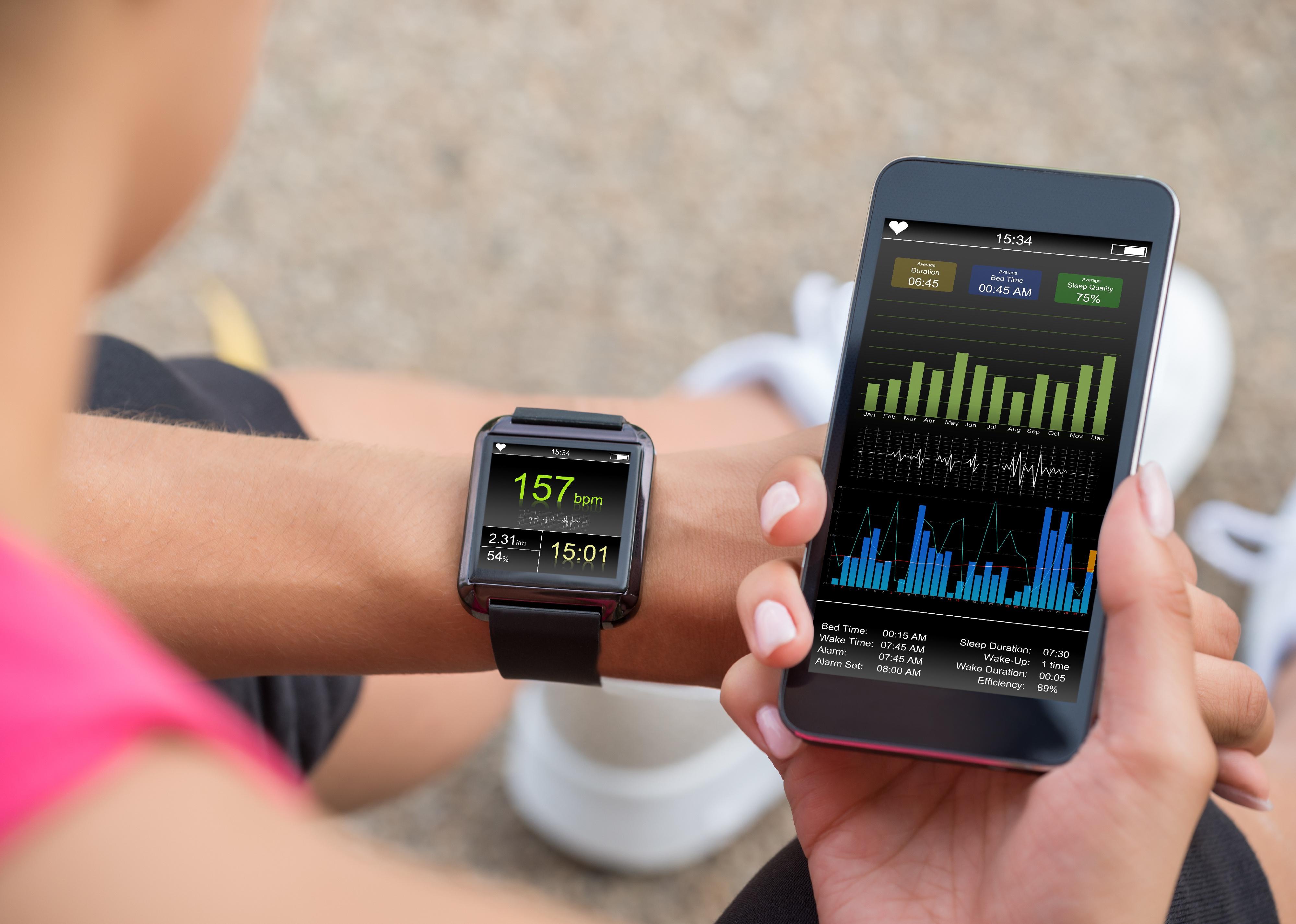
This story originally appeared on Guava Health and was produced and distributed in partnership with Stacker Studio.
10 common health metrics pro athletes track
When the NBA resumed its season after pandemic shut-downs, it gave many of its players smart rings that measured health metrics including body temperature, which came in handy to monitor for COVID-19 spread. But professional sports leagues like the NBA have been interested in tracking health metrics to monitor and improve athletic performance long before the pandemic. It’s become so popular that amateur athletes and weekend warriors have also been getting in on the health monitoring trend, with an evolving number of devices able to deliver precise information about their health.
Elite athletes have a particular incentive to track health metrics to keep them in peak shape, and are turning to a new class of smart devices and wearables to monitor everything from sleep quality to heart rate variability. The results can be used in a variety of ways. Some measure an athlete’s performance while they are training, and can tell them if they are really pushing themselves hard enough. Others, like blood sugar and thyroid hormone levels, are more important to monitor continually, as athletes need to have optimal levels of both to ensure their best performance. Athletes are also using devices that track specific measures for their sport, such as stroke rate for swimmers and wattage output for cyclists, which can be critical for training and coaching.
Guava Health compiled a list of health metrics that professional athletes measure, and broke down what they reveal about overall health and athletic performance. Continue reading for a look at just how much elite athletes can track to optimize their peak performance.
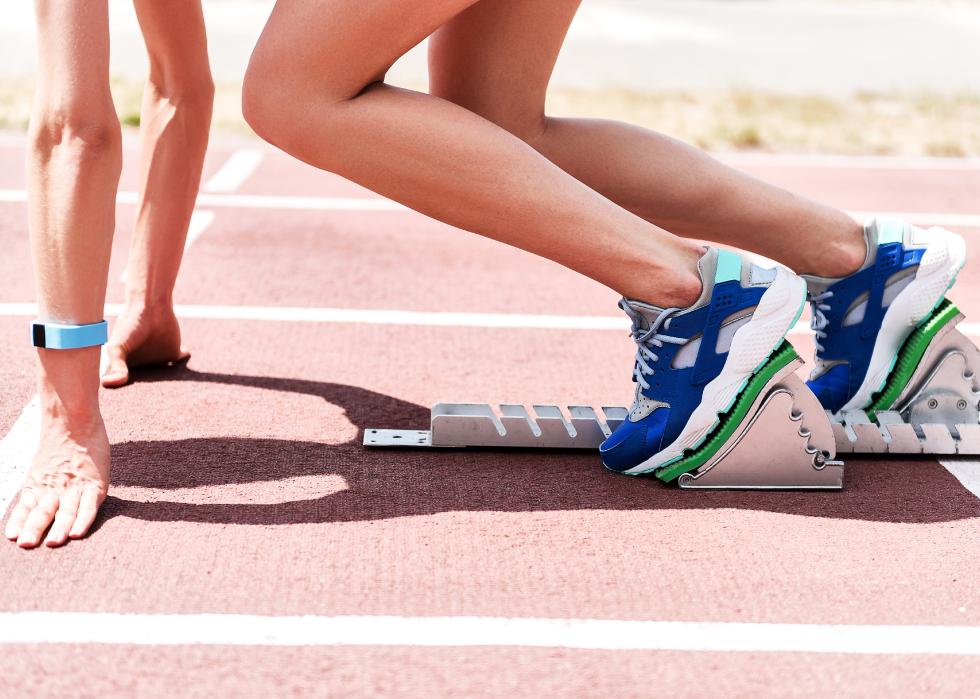
Body composition
Tracking body composition is important for athletes so they can keep an eye on their percentage of fat. According to sports doctors, the closer an athlete’s ideal body mass composition is for their sport, the better their performance will be. Elite runners, for example, tend to have body compositions of around 8% body fat for men and 12% body fat for women. Swimmers, however, may want to aim for a higher body fat composition of up to 20% for men and 25% for women.
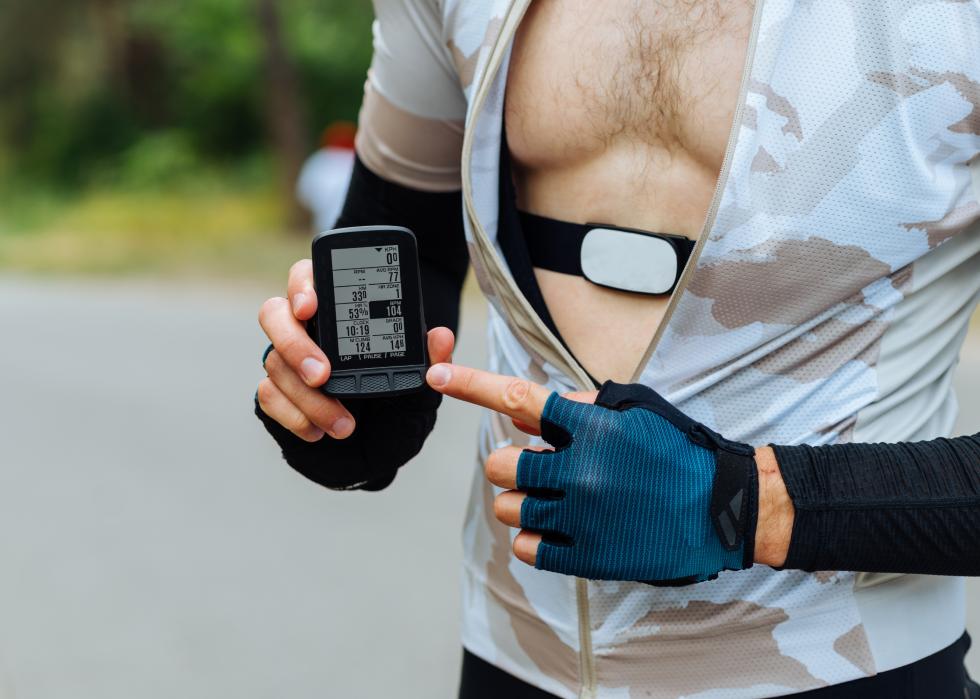
Heart rate variability
Testing heart rate variability (HRV) allows athletes to measure the effects of stress on their bodies. HRV measures the gap between heartbeats as they breathe in and out. A high level of HRV is typically indicative of higher levels of aerobic and general fitness. One of the benefits of monitoring HRV is that it signals to athletes when they are overworking their bodies, which can cause a drop in HRV. Common devices used to track heart rate variability include chest straps and finger pulse sensors, both of which can be used easily at home.
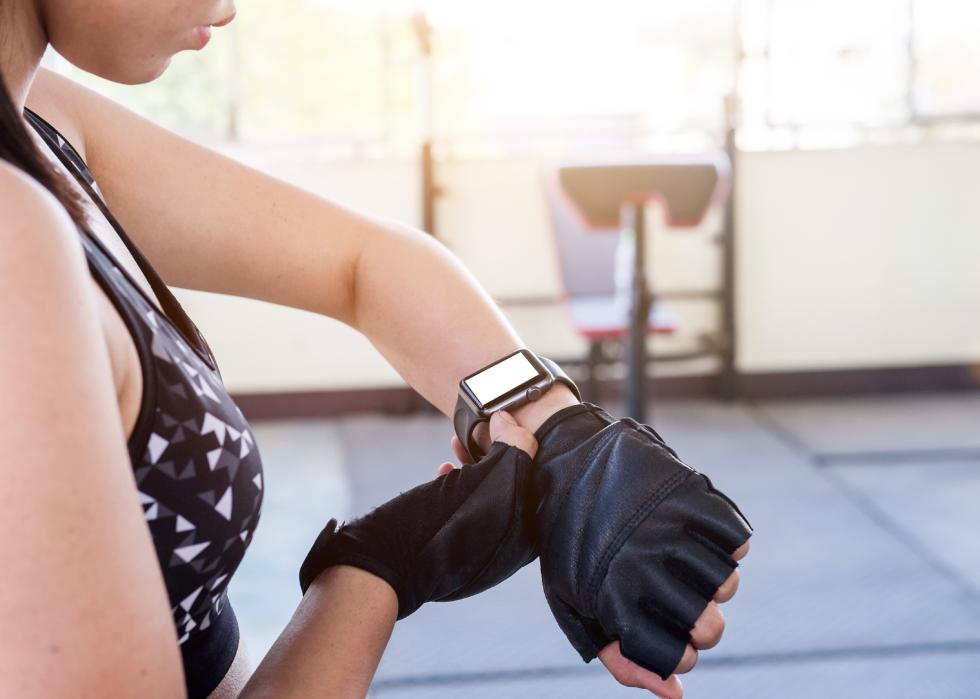
Respiratory rate
Your respiratory rate is the number of breaths you take per minute. It can be an especially useful metric for athletes to track as they train. Without it, athletes can only subjectively rate their own performance in terms of how hard it feels like they are working. But by tracking respiratory rate, athletes will have objective data showing how hard they’re panting, and therefore whether they are truly pushing themselves. This is even more true for aerobic sports such as cycling and running. Determining your respiratory rate is easy: Just count the number of breaths you’re taking per minute.
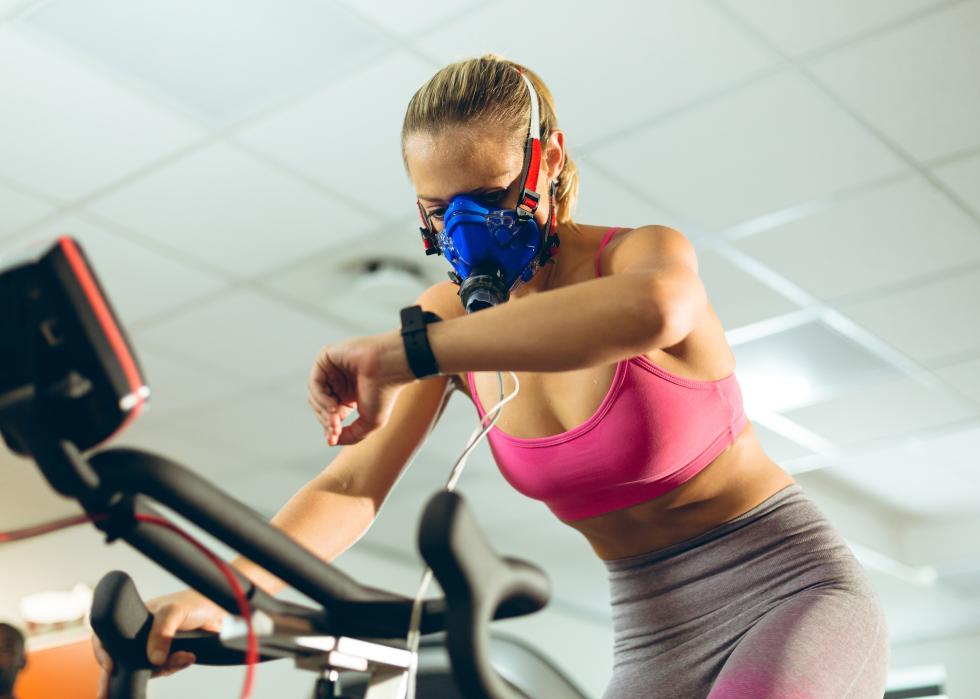
Maximum oxygen intake
Runners in particular may want to track the maximum amount of oxygen they use when they’re at their uppermost physical limit. This reading, also known as their VO2 max, is an important predictor of how fast an endurance runner can go for the totality of their race. Long-distance runners will likely want to stay running below their maximum limits, as this will allow them to travel further faster. These levels tend to be consistent for elite runners, which is why you’ll often see runners at the Olympics running in packs. Many wearables offer the opportunity to track VO2 max.
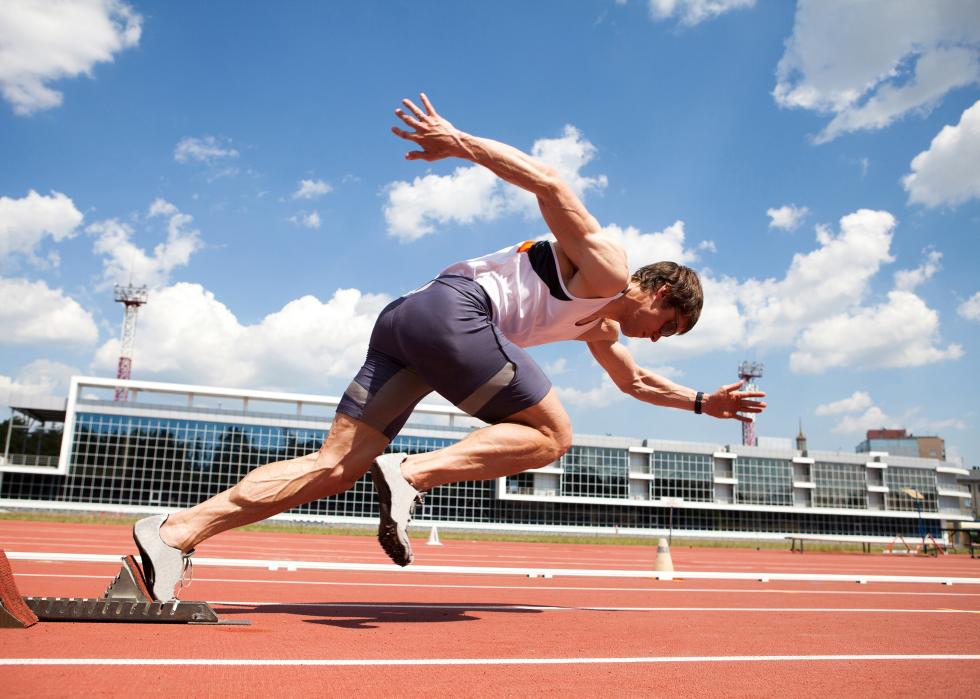
Body temperature
Athletes track their temperature due to a simple rule: as it goes up, performance tends to go down. The correlation is so strong that it has been found to impact race times for runners. Coaches typically recommend that runners add 10% to 15% to their race times when racing in hotter temperatures that heat up their bodies faster. One of the best ways to track temperature is through wearables. Many fitness rings that track various metrics can also be used to track temperature.

Blood oxygen level
Athletes can measure their blood oxygen levels with pulse oximeters or wearables. These are noninvasive ways to measure the saturation of oxygen carried in your red blood cells. Tracking blood oxygen levels is one of the most important ways that runners can prepare for races at different altitudes. The higher the elevation, the lower the concentration of oxygen in the air. This means you’re not getting as much oxygen in your bloodstream with each breath, which could impact performance. Tracking blood oxygen lets athletes know whether their shortness of breath or decreased performance is due to altitude changes rather than an actual drop in performance or ability.

Sleep quality
Getting good sleep is a well-known predictor of health and wellness. For athletes, this is particularly important, as time spent in quality sleep is when athletes’ bodies enter rest and repair mode to counter the physical stress of training. Sleep quality can be adversely impacted by stress, which has been shown to negatively affect athletes the night before a big competition or race. Athletes can use wearables to track sleep quality, including the amount of time spent in deep restorative sleep, and can use this information to adjust for better sleep outcomes. For example, if someone learns they get poorer sleep quality in a hot room, they can turn the thermostat lower in order to get better sleep.
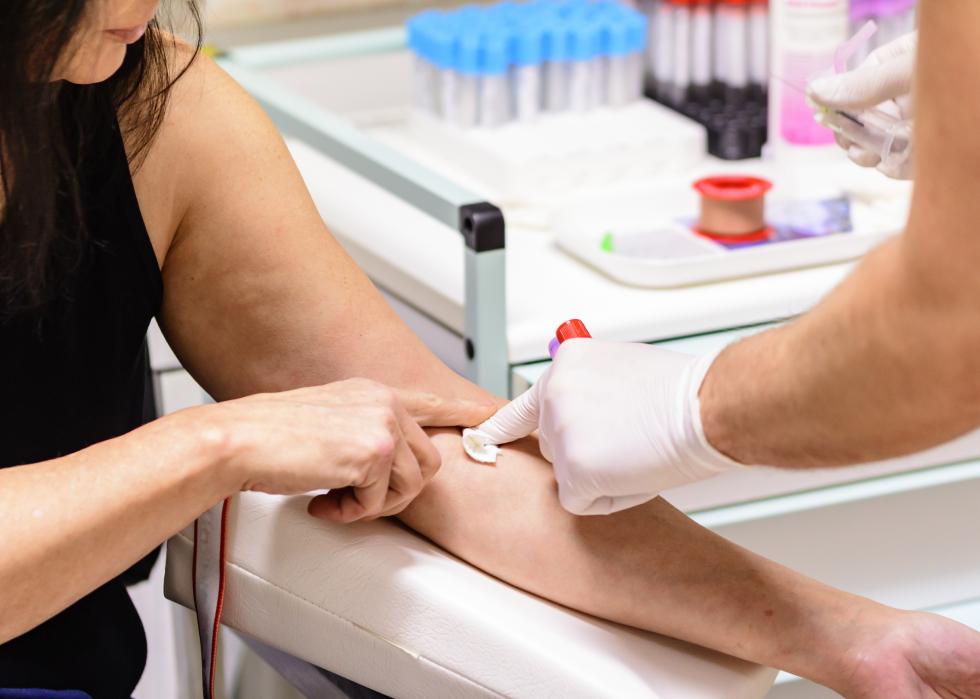
Thyroid hormone levels
Thyroid hormones can impact performance for athletes significantly. In fact, a major figure in the sports coaching world has been accused of illegally and unnecessarily prescribing thyroid hormones to his runners. Those looking to boost their performance naturally may still want to track thyroid hormone levels. Levels that are too low may lead to a range of adverse performance outcomes. Among these are reduced insulin sensitivity and blood in the heart, which can make it harder for muscles to work at peak capacity. The best way to test thyroid levels is through a blood test.
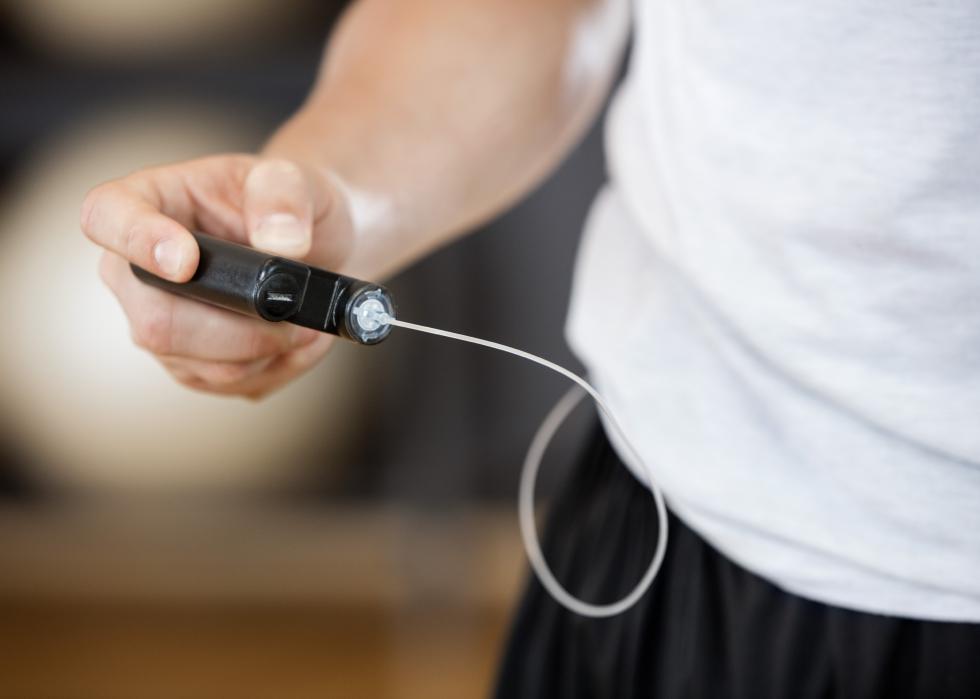
Glucose levels
Low blood sugar can spell trouble for athletes. Drops can be particularly common in long-distance runners, who typically have to stop their races and “re-sugar” if their blood sugar dips too low. Fortunately, there are plenty of ways to track and stabilize blood sugar, and many do so in order to ensure their levels are high enough for peak performance. Athletes can use glucose monitors—including patches that fit on the upper arm—to track their levels continually throughout the day. The device tracks blood sugar in real time, and can help athletes determine if their blood sugar levels are high enough for them to deliver their personal best.
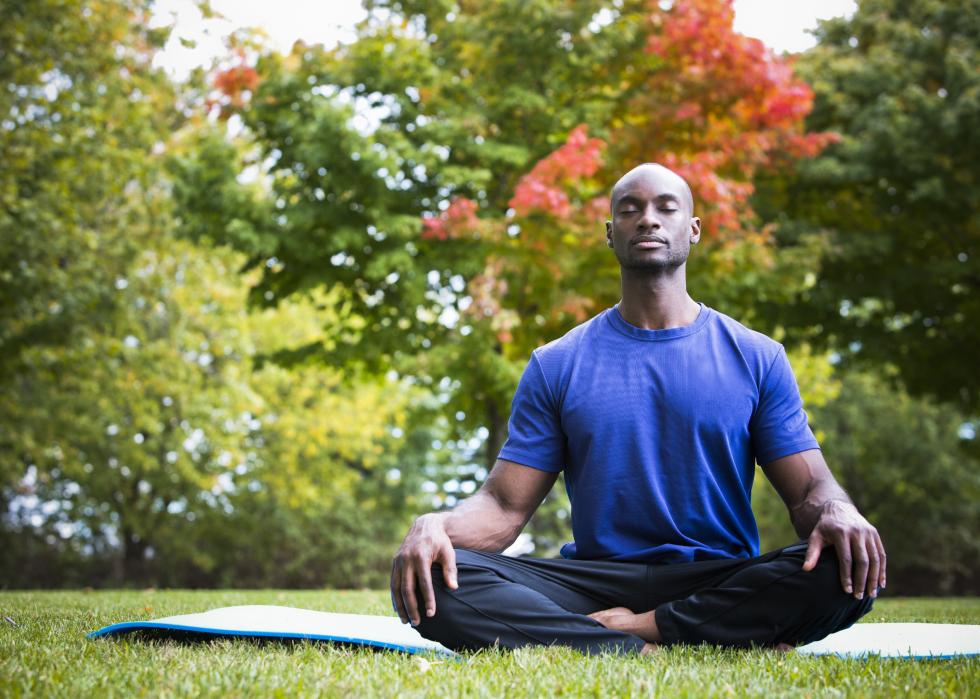
Mental health measures
Athletes have become increasingly outspoken about the impact that mental health can have on their performance. Champion tennis player Naomi Osaka famously withdrew from the French Open in 2021 to focus on her mental health. Conversely, working proactively with mental wellness top of mind can positively impact athletic performance. One of the best ways for athletes to track their mental health is to work with a therapist or performance coach. Working with professionals can help athletes develop mindfulness practices that have been shown to improve performance.



